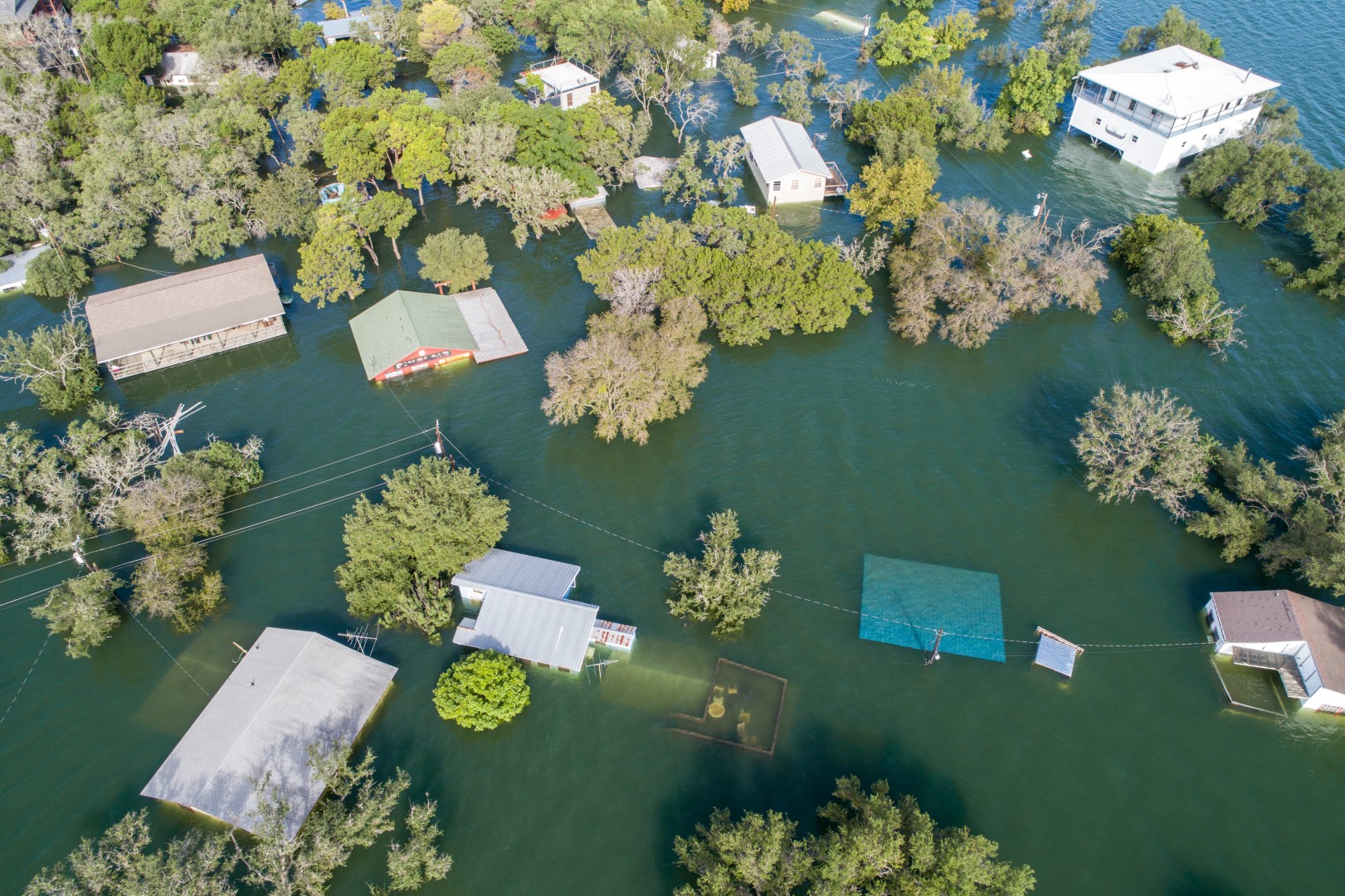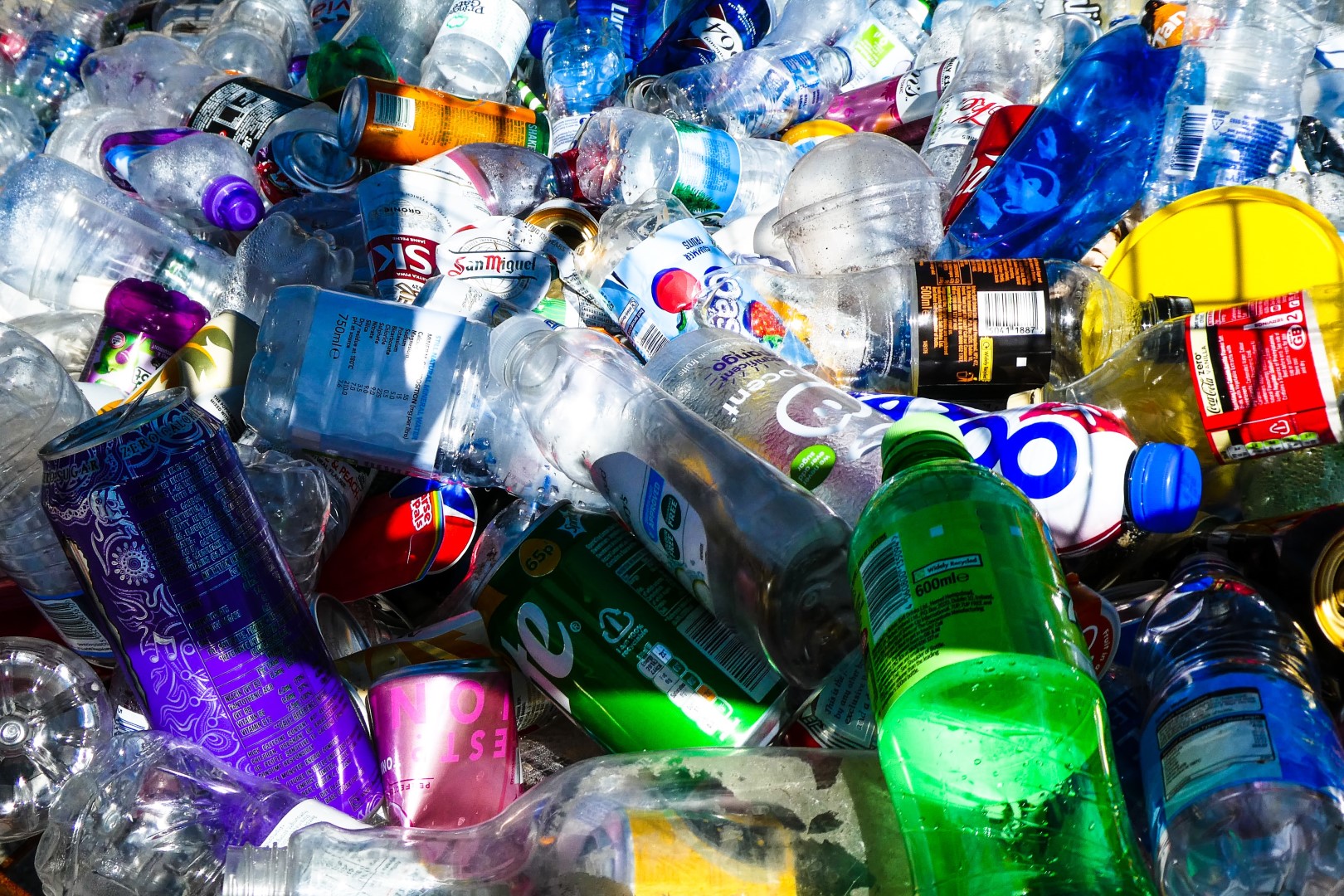When the Covid-19 pandemic spread globally, we were unprepared to face it. Suddenly, everything changed. Individuals, communities, enterprises, universities, and governments had to adapt to a new system. Reality became about hybrid education, home office, online meeting, social distance, vaccines. And, in the center of all: health. Global perspective changed in a few weeks’ time. Would it have been different if we’d known that these changes would happen? What if we had been prepared?
It’s impossible to be fully prepared for the unpredictable. But if we can map out possibilities, we can explore scenarios and anticipate. Plus, in most cases, change the direction of the change. That is precisely where this book is aiming for: a knowledge-based guess at what might be ahead, so you can change course and use it for the better.
To explain possible trends, threats and opportunities, we dreamed of gathering various perspectives, overseeing coming changes, and developing future thinking. So we formed a multidisciplinary, diverse team of colleagues from Malaysia, Morocco, the Philippines, Ecuador, Taiwan, the U.S., and the Netherlands. Ten analysts, a group of designers, and three strategists searched, collected, aggregated, analyzed, combined, discussed, selected, and designed an overview of changes. They shared their findings with twenty colleagues for reflections and opinions. You can read some of their four-thousand remarks in grey alongside the main text.
We tried to structure the impossible. And share the outcome to inspire you to realize “it can be different.” Although we conducted this study with a diverse team and spent thousands of hours on it, we are aware that we have biases. Our view of change assumes our current reality. Reality is eminently equipped with bias, which is a perception of reality. We can always do better. And we want to. That’s why we invite you to complement your perception of change and share it with us.
It’s impossible to be fully prepared for the unpredictable. But if we can map out possibilities, we can explore scenarios and anticipate. Plus, in most cases, change the direction of the change. That is precisely where this book is aiming for: a knowledge-based guess at what might be ahead, so you can change course and use it for the better.
To explain possible trends, threats and opportunities, we dreamed of gathering various perspectives, overseeing coming changes, and developing future thinking. So we formed a multidisciplinary, diverse team of colleagues from Malaysia, Morocco, the Philippines, Ecuador, Taiwan, the U.S., and the Netherlands. Ten analysts, a group of designers, and three strategists searched, collected, aggregated, analyzed, combined, discussed, selected, and designed an overview of changes. They shared their findings with twenty colleagues for reflections and opinions. You can read some of their four-thousand remarks in grey alongside the main text.
We tried to structure the impossible. And share the outcome to inspire you to realize “it can be different.” Although we conducted this study with a diverse team and spent thousands of hours on it, we are aware that we have biases. Our view of change assumes our current reality. Reality is eminently equipped with bias, which is a perception of reality. We can always do better. And we want to. That’s why we invite you to complement your perception of change and share it with us.







